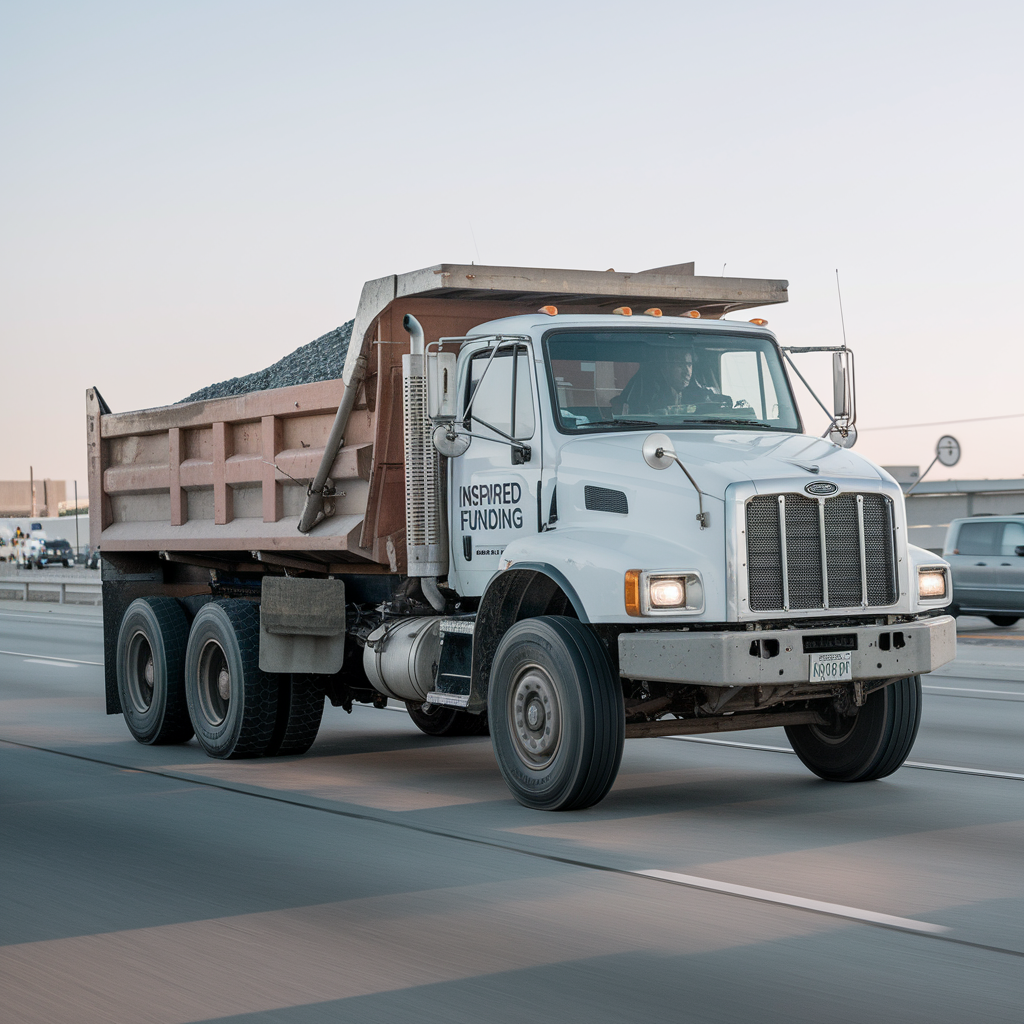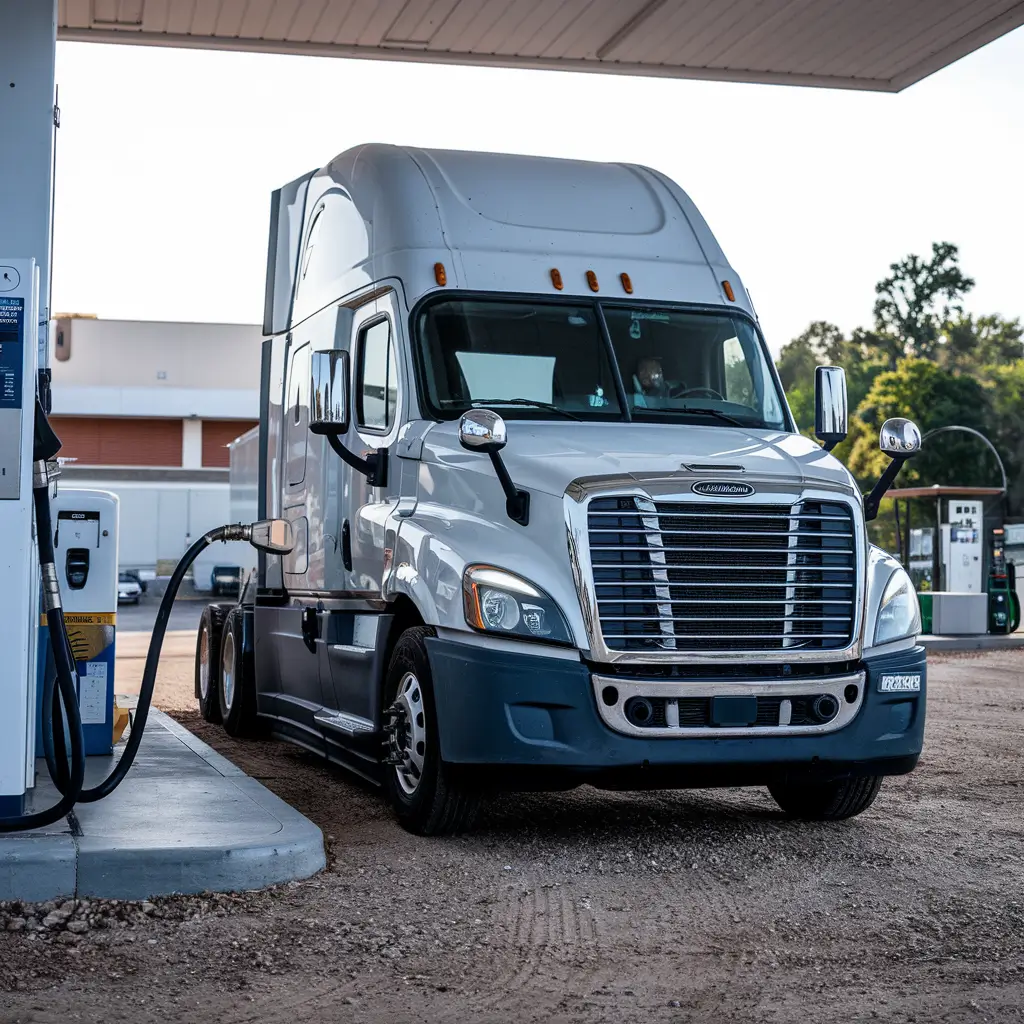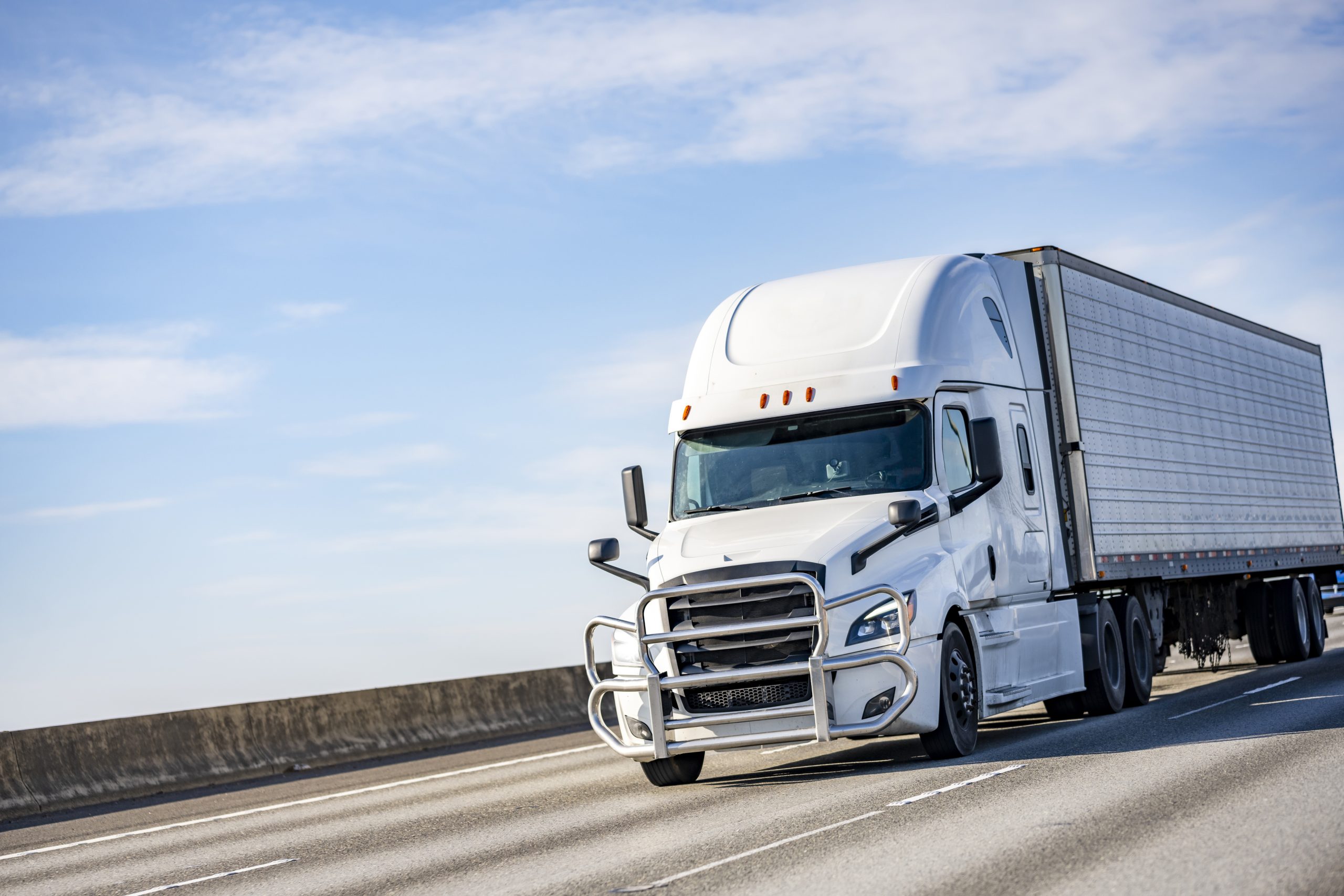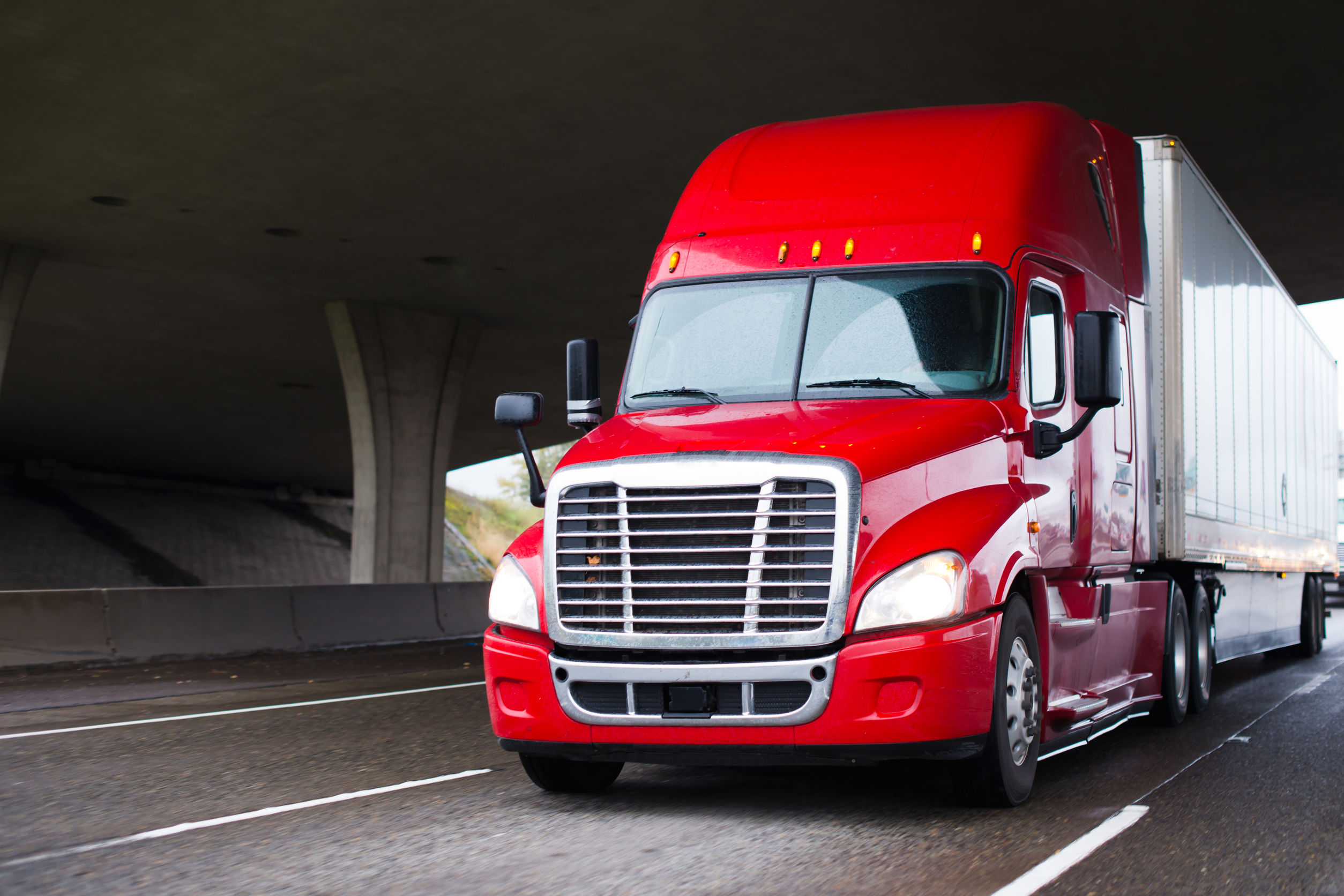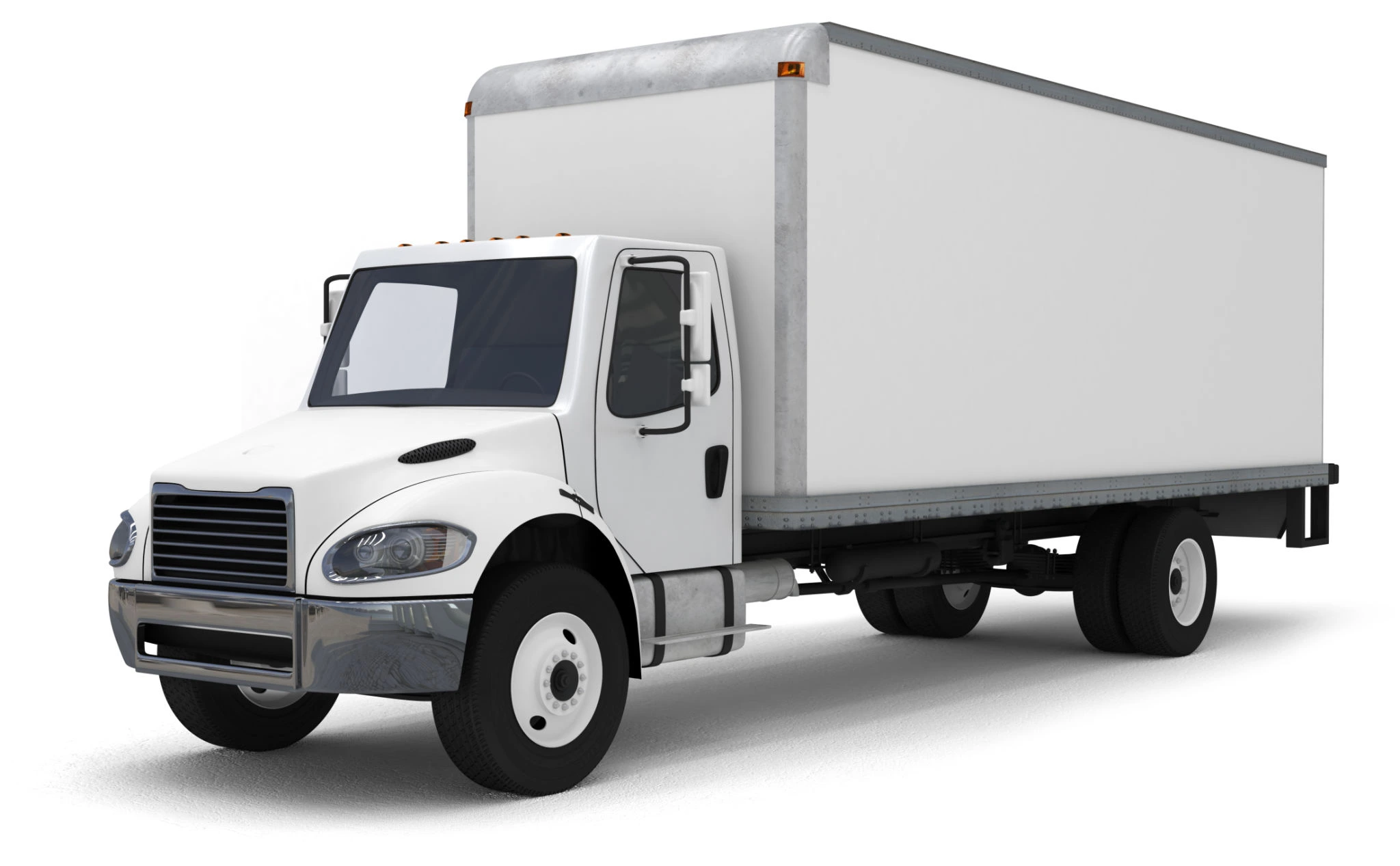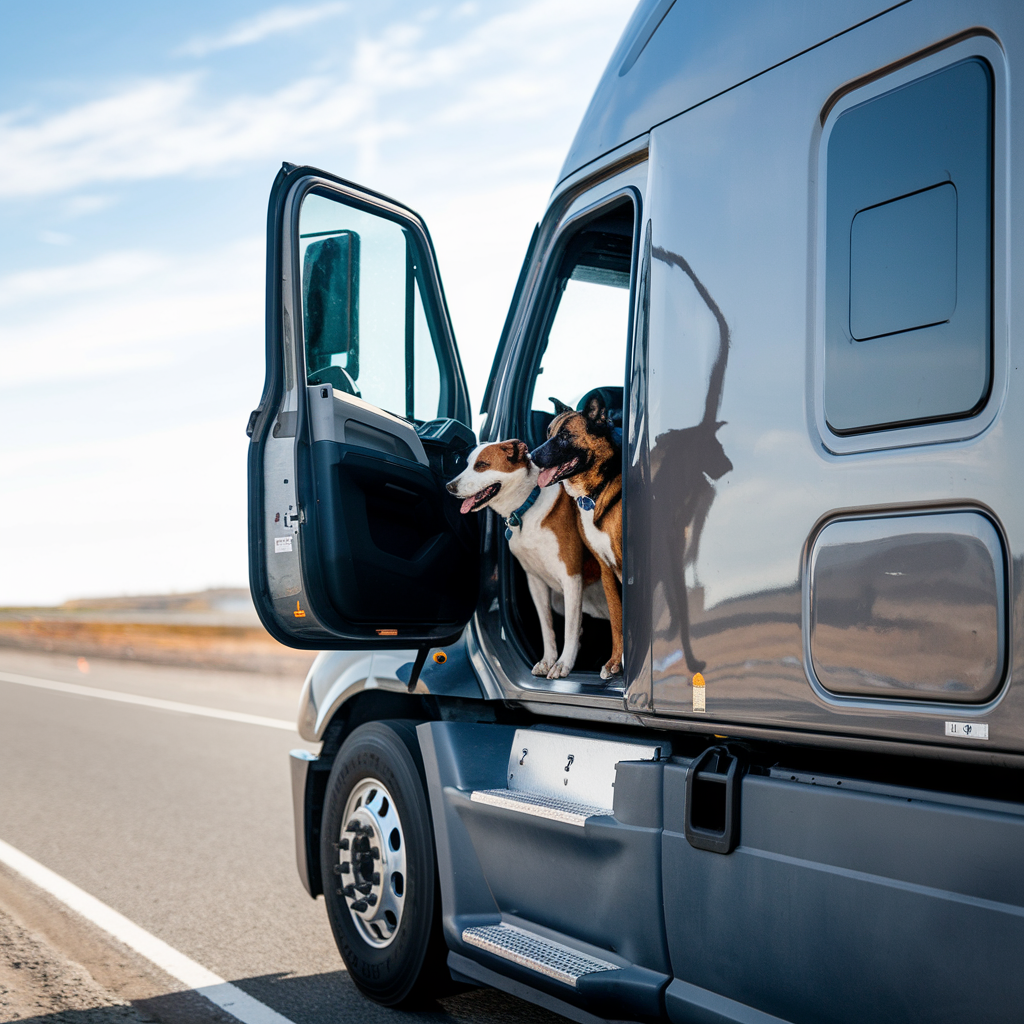
DRIVING WITH A PET: ESSENTIAL TIPS FOR TRUCKERS AND THEIR FURRY CO-PILOTS
Sometimes, it feels that the only company truck drivers have is the hum of the engine and the occasional radio chatter. But for those who travel with furry co-pilots, the road feels a little less lonely. Against the common opinion that life on the road is long, lonely and repetitive, driving with a pet can make a world of difference. It can improve your mental well-being, encourage healthier habits and give you an extra layer of security.
In this guide, we’ve covered everything you need to know about having a pet on board, from the benefits and navigating company policies to tips for a smooth and enjoyable ride.
CAN YOU DRIVE WITH A PET?
Driving with pets such as dogs and cats can be a great way to enjoy the long hauls on the road. Pets can be great companions, keeping you company as you go about your daily business. However, before bringing a pet along, truck drivers must first determine whether their company allows it. Many truck companies have different policies regarding travelling with pets. While some welcome different pets, others have strict restrictions in place. Regardless, it is essential to go over your employer’s policies before bringing your pet on board.
Most trucking companies typically require documentation such as health records, vaccination certificates, and behavioral evaluations to ensure your pet is fit for travel. By meeting these requirements and adhering to company policies, you can make the journey safer and more enjoyable for both you and your pet.
BENEFITS OF DRIVING WITH A PET
Once you have confirmed and met the requirements of having a pet on the road, then cheers to enjoying the hours with a furry co-driver. And if you are in doubt about whether you should bring your pet with you, the following benefits might just change your perspective.
COMPANIONSHIP
As a truck driver, you likely spend long hours on the road away from friends and family, which for others can be lonely. Sometimes, the only time you get to talk is with other truck drivers over the CB Radio, or with the DOT inspector. When you travel with a pet, it is like having a co-captain or a friend. Pets provide constant companionship and emotional support which help to reduce feelings of loneliness and isolation.
IMPROVED HEALTH
Pets can be a joy to be around and they always find a way to make us smile. From the adorable way they wag their tails and their warm cuddles, they bring warmth and happiness into our lives. Traveling with a pet can help combat mental issues such as stress, depression and anxiety resulting in improved moods and overall health.
Studies have also revealed that having pets is tied to increased survival rates in heart attack patients, as well as reduced blood pressure and lower levels of cholesterol. Furthermore, the responsibility of caring for a pet while traveling can help provide a sense of purpose and routine, which can be beneficial for mental well-being.
IMPROVED MOBILITY
If you own a pet like a dog, you know how essential regular walks are. Taking them with you on your trips means that you have to take breaks from time to time to help your pet get some exercise. These regular walks not only benefit the pet but also promote your physical health as a truck driver who has to sit behind the wheels for prolonged hours.
SOCIAL INTERACTION
Ever met people who walk up to you just to complement your pet? Sometimes, your pet might spot another furry friend from a distance and spark an instant connection, creating an opportunity for their owners to chat. That is the charm that having a pet comes with.
They can serve as a social catalyst, making it easier to engage in conversations with fellow drivers and people you meet during stops. Pets also often attract attention which leads to increased social interaction. So don’t be shy to leverage your pet to kick off conversations. They’ll be more than happy to assist!
SAFETY AND SECURITY
During night travels and when you pass through unknown or isolated roads, your pet can provide a sense of safety and security. They can sense danger faster and help improve your situational awareness and alertness
TIPS FOR DRIVING WITH A PET
Driving with a pet comes with its own set of fun, and it’s like having a buddy ride with you. But remember that they depend on you for their safety during the trips. That is why you must engage in some best practices to ensure the ride is smooth for both of you.
PROVIDE A CAR SEAT FOR YOUR PET
Having your pet seat in the passenger seat is not ideal. Smaller pets cannot perfectly fit in even with the seat belt strapped on, which can make them slip out of the seat. Instead, provide a pet’s car seat for them. Another sitting arrangement you should take note of is to keep pet seats away from the airbag’s reach. This means pets should be seated at the back.
DON’T LEAVE THEM IN THE CAR
Whether you’re running a quick errand, or stopping to take a rest, never leave your pet in a hot truck. Ensure your air conditioning is running and the temperature level is perfect for them depending on the weather condition.
KEEP THEM FROM WANDERING AROUND
Always keep an eye on your pets so that they don’t wander off. When they are in the truck, make sure that they are properly strapped in their seats. When you go for a walk, keep them close. And If you have any quick errands to run without them, put them in the care of a trusted fellow. You don’t want to deal with finding a missing pet.
MAKE SURE THEY ARE EASILY IDENTIFIED
Your pets should always have their collars and tags on. While you don’t hope that they go missing, you want to improve your chances of finding them when the unlikely happens.
KEEP THEM INSIDE
Having dogs hang their heads out of the window can be a pleasant sight, but it has its downsides. First, debris on the road can pose a major danger to them. It can also be a high risk for accidents. For example, when you have to slam on the brakes, your pet could experience whiplash or worse.
CONCLUSION
If you’ve ever had doubts about taking your pet with you on long hauls, we hope we have changed your mindset. Having your pet by your side can make you feel closer to home while also providing benefits such as improved health, enhanced safety, and stronger social connections. Before hitting the road, be sure to review all necessary policies to ensure compliance.
We wish you a happy journey with your loyal companion!
ABOUT INSPIRED FUNDING
If you’re looking for the best financing for your truck business, Inspired Funding is here for you. With tailored financing plans and a range of flexible options, we make it easy for you to get the truck you need and make paying for it a breeze.
Inspired Funding has been helping businesses finance various commercial vehicles, including semi-trucks, cargo vans, dump trucks, and other essential heavy equipment to keep your business moving. We offer competitive interest rates and affordable down payments to fit your budget.
Worried about credit? No problem! We can help you navigate credit score challenges by providing financing solutions designed to get you on the road faster.
Ready to finance a bulldog or a dragon wagon? Give us a call today to get started!

